New communication protocols
As early as 2024, we will see new devices that aim to break our dependence on smartphones, using interaction models such as voice commands, eye movements, or gestures.
In mid-May, both tech giants OpenAI and Google announced their own powerful new artificial intelligence (AI) models. Specifically, OpenAI’s GPT-4o model and Google’s Gemini 1.5 can interact with users naturally like a real-life friend or assistant.
In particular, through the camera “eyes” of the devices, currently smartphones and possibly virtual reality glasses in the future, this model can reflect and process all the surrounding objects, such as finding an object that its owner forgot, or solving a math problem that the user gives it to “see”. It can even determine the cause of a broken device if you show it the details of that object.
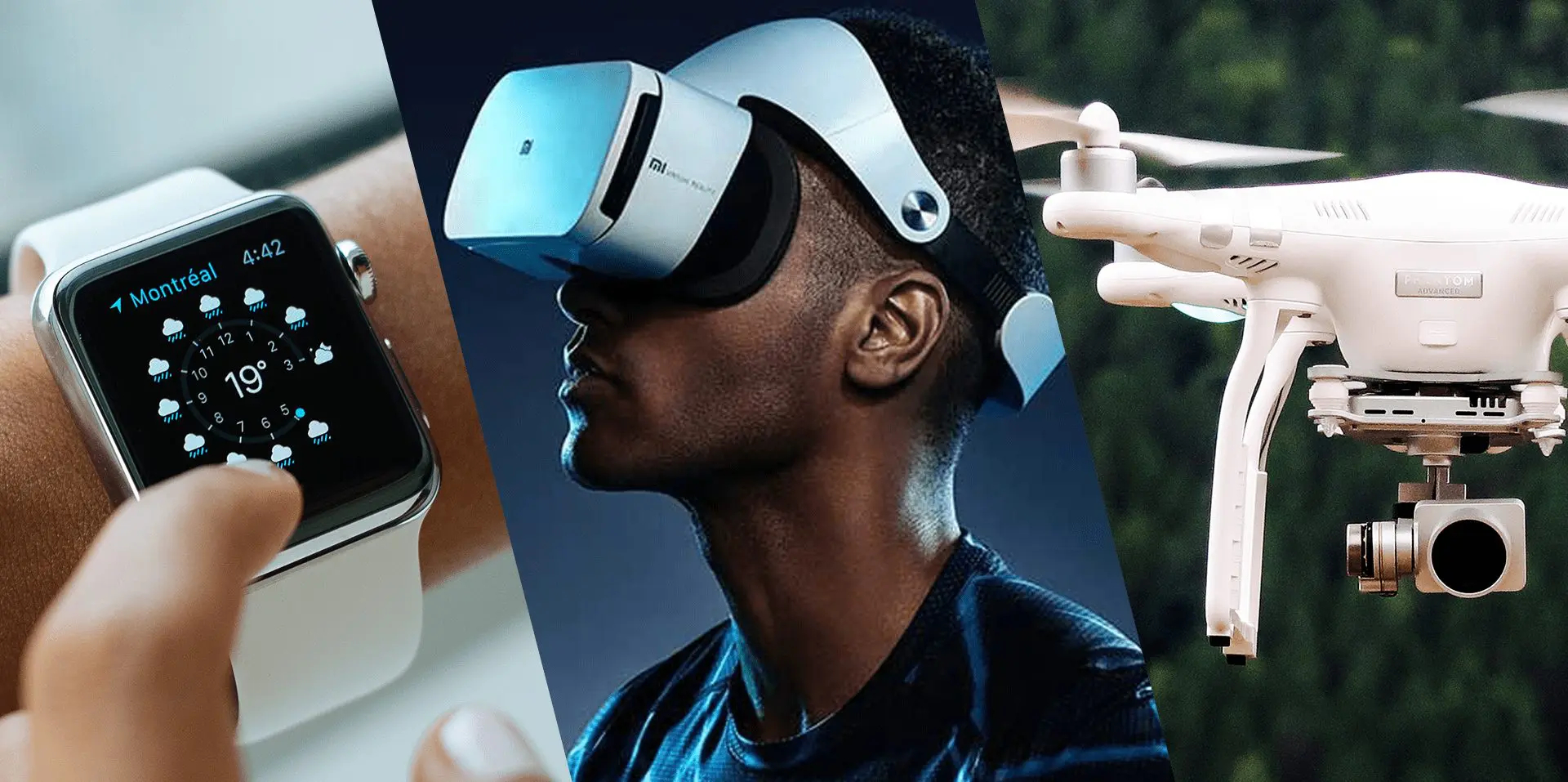
The future of communication will belong to new devices and interactive protocols. Photo: GI
The “intelligence” of AI models has even surpassed the predictions of their creators. OpenAI CEO Sam Altman exclaimed: “It feels like an AI movie… Talking to a computer has never really come naturally to me; now it does.” Meanwhile, billionaire Elon Musk has cited Ian Banks’ “Culture Book Series” – a fictional book about a society run by advanced technology – as “the most realistic vision of AI in the future.”
Thus, “surreal” devices and technologies are gradually entering the life of society in general, and the media world in particular. It will certainly have a huge impact and even change the face of media in the near future. Simply, the interface of users and newspaper readers will no longer be a computer screen or smartphone. It will be a completely different protocol, like today’s car drivers commanding virtual assistants to perform tasks such as opening a map or reading the news.
AI Phones, AI Computers, and More
Not only AI software or models, but also super smart hardware devices have been launched by technology companies. At the end of February this year, the telecommunications group Deutsche Telekom introduced an AI phone model called “T-phone”, with an interface that is not without applications.
Deutsche Telekom CEO Tim Hoettges shared: “I can tell you that in 5-10 years, none of us will use apps anymore.” With this AI phone, the user’s only job is to give it commands, like “Solve me this calculation ” or “Read me today’s important news and articles”!
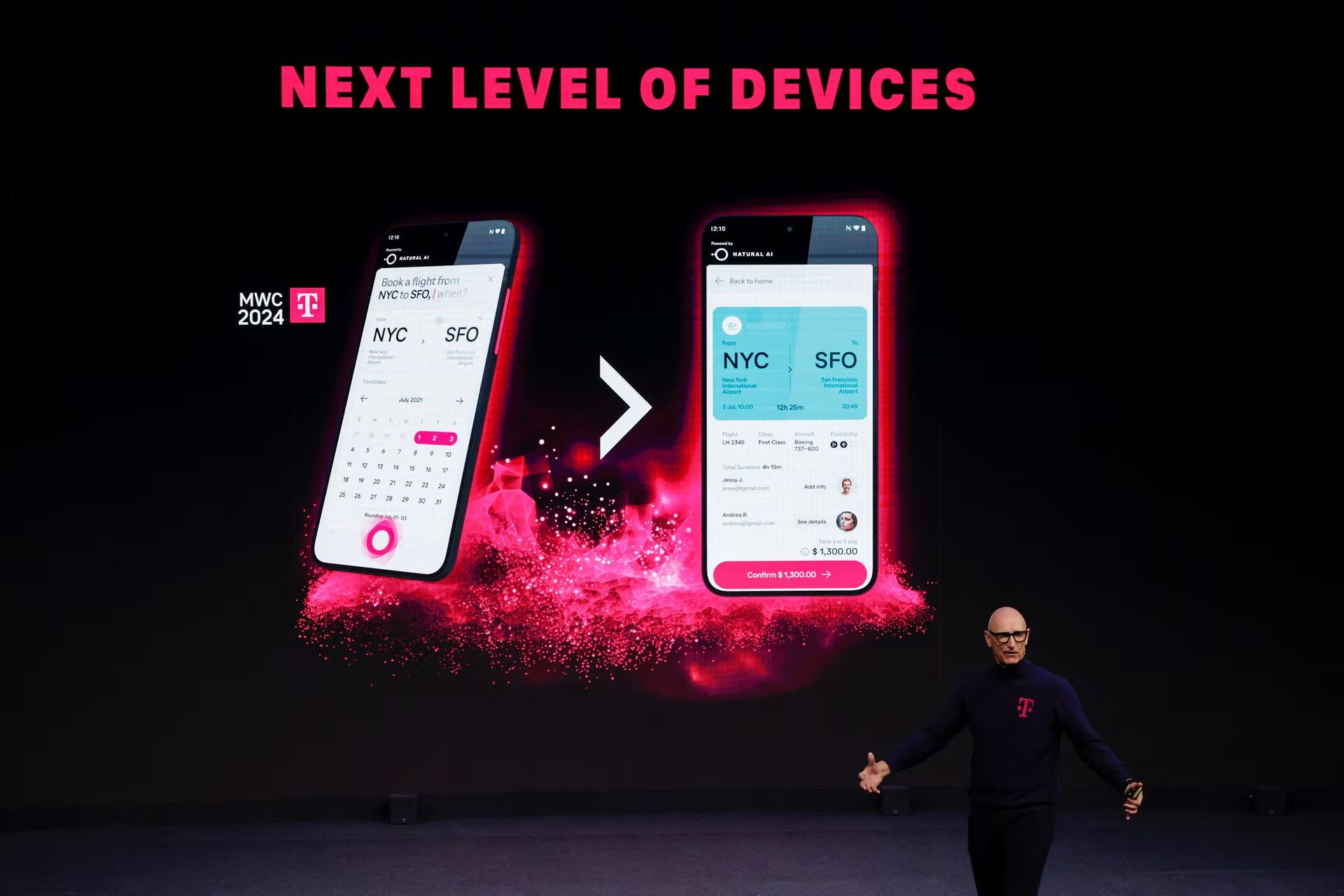
Deutsche Telekom CEO Tim Hoettges introduces an app-free mobile phone on February 26, 2024. Photo: Reuters
Just last month, both Microsoft and Dell unveiled their first commercial AI computers. “We’re introducing a whole new category of Windows PCs designed to unleash the power of AI,” Microsoft CEO Satya Nadella said at the launch of the Copilot+ PC. Nadella said it was a step forward in which devices could “instantly see, hear, and reason about our intentions and the environment around us,” and declared, “We’re entering a new era where computers don’t just understand us, they actually predict what we want and what we intend.”
Of course, there’s more to new media than that. Media is about listening and seeing. And there are already about 200 million smart speakers in people’s homes around the world. They’re being and will be augmented with AI, making them more useful than just playing music.
Meanwhile, on the “seeing” side, we cannot ignore the smart glasses that have been developed over the years, and will certainly become more useful thanks to the combination of AI in the future. For example, Apple’s Vision Pro smart glasses, which were just launched in February 2024, can seamlessly combine digital content with real space. With it, users can read newspapers, compose documents, or even work through a pair of small glasses, without the need for a phone or a bulky computer.

Communication through the ages has always been associated with the birth of new devices. Photo: FT
It is now possible to believe that not only AI models, but also hardware devices such as AI phones and AI computers will be the future of communication. Devices will become increasingly intelligent and compact to the point of being “invisible”. This is an irreversible trend due to the continuous advancement of technology.
For the press, this is both a challenge and an opportunity. Will the press's products be copied or stolen easily and undetectably by super-intelligent devices and models? However, technological advances can also help the press find a better solution to protect the copyright of its works.
Huy Hoang
Source: https://www.congluan.vn/nhung-thiet-bi-moi-se-dinh-hinh-lai-the-gioi-truyen-thong-post299892.html





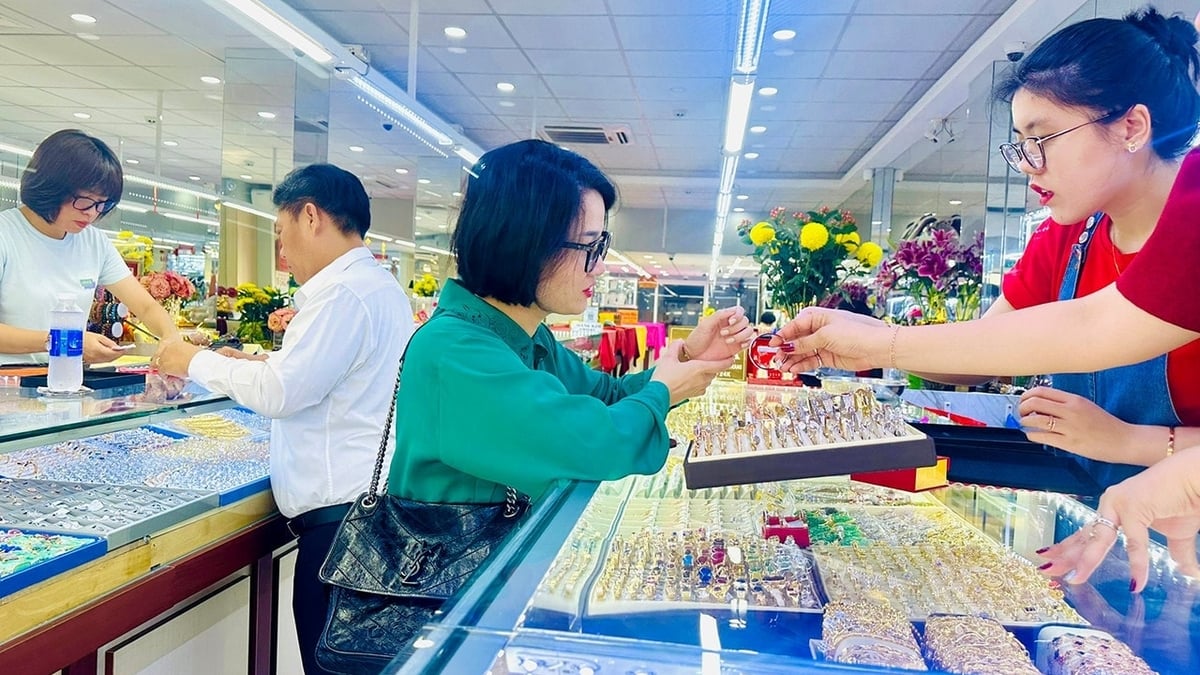

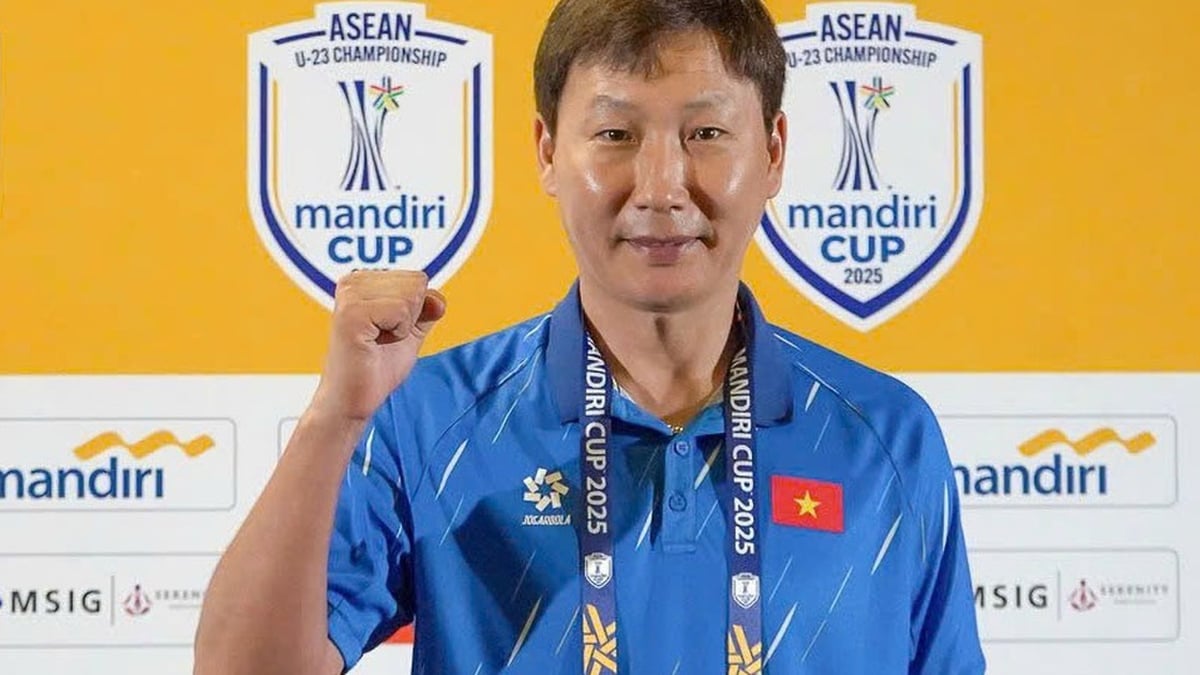
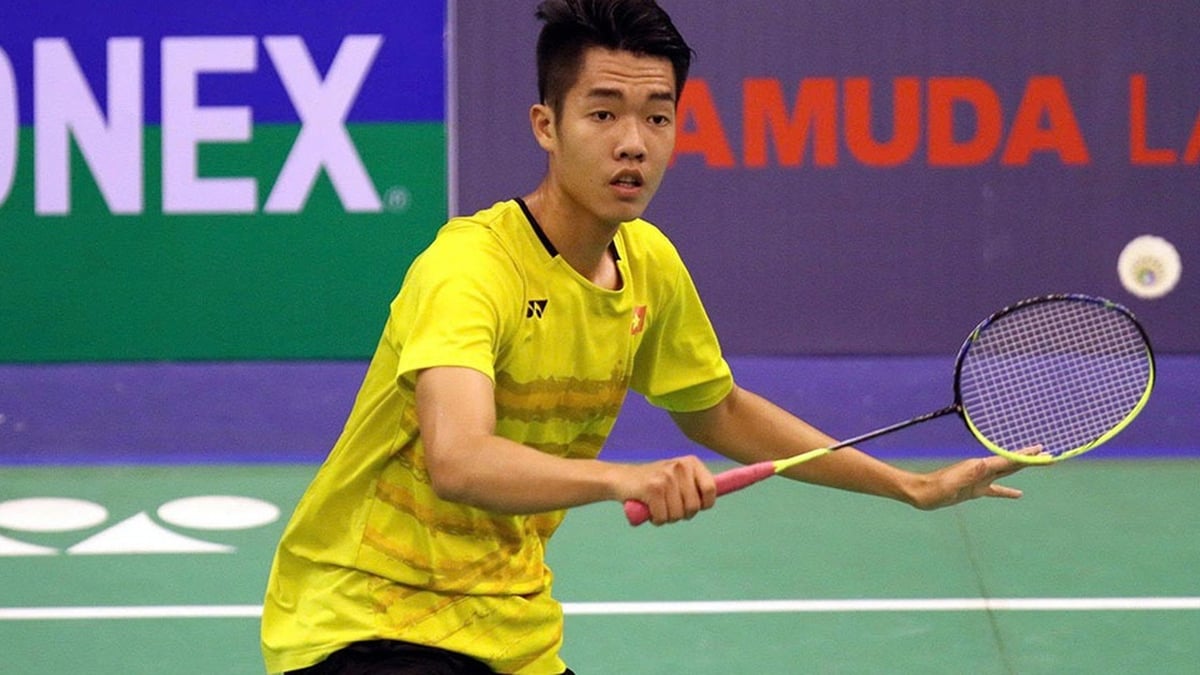
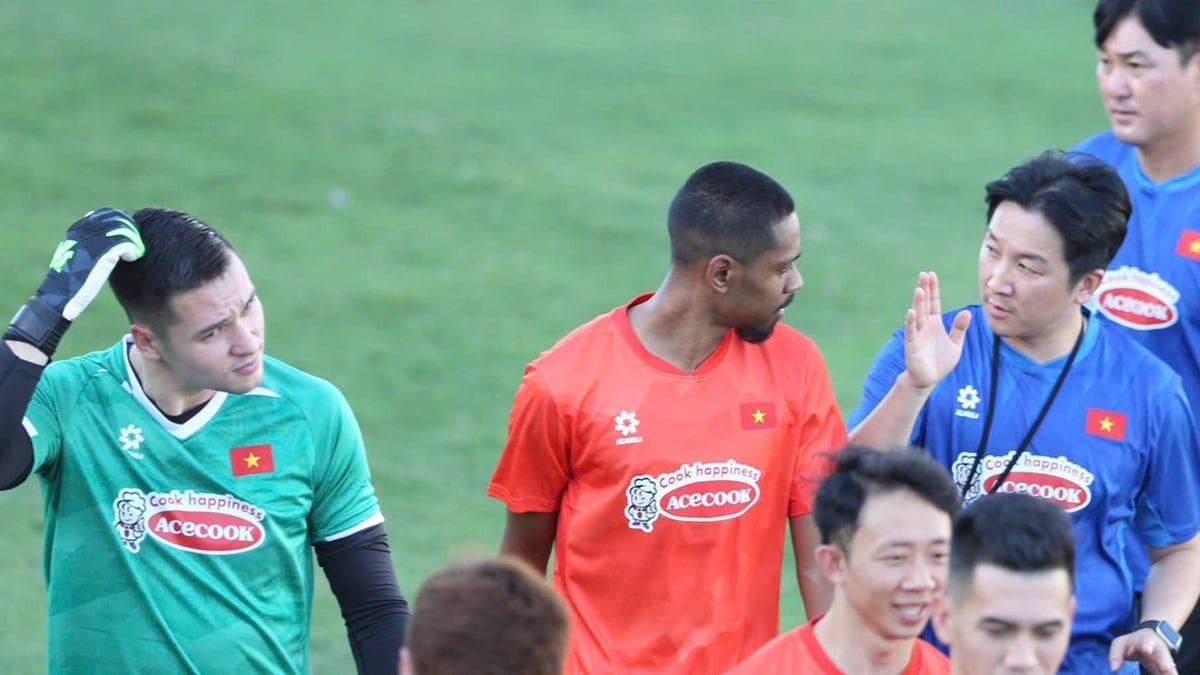
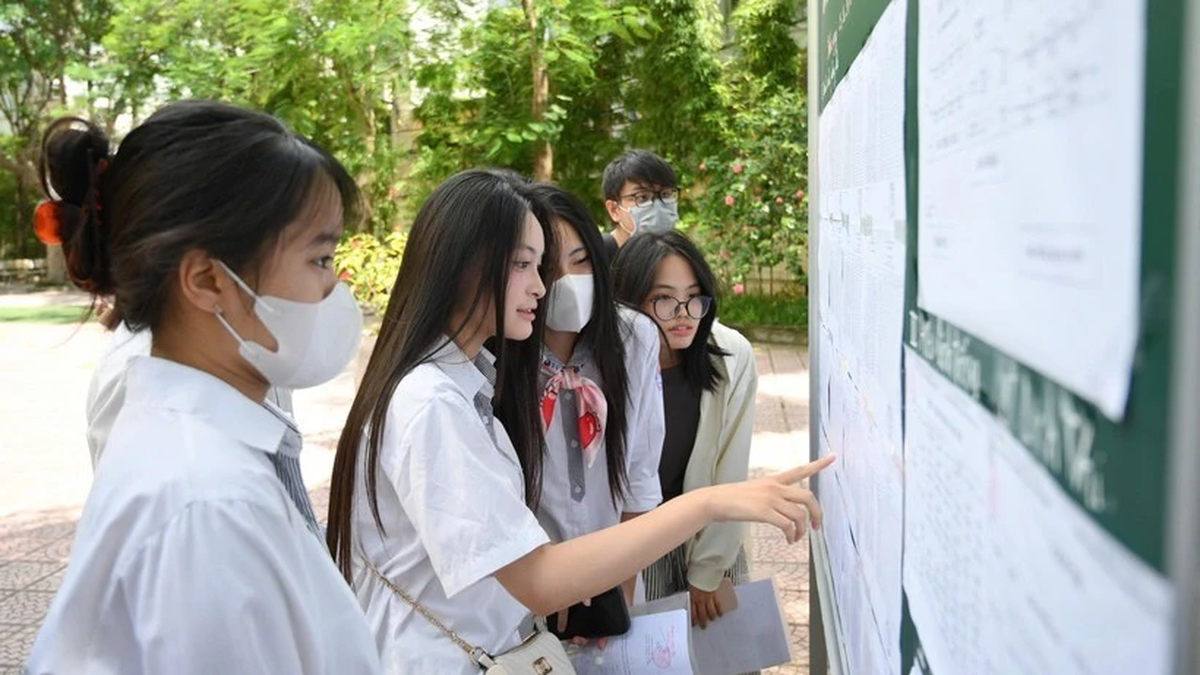











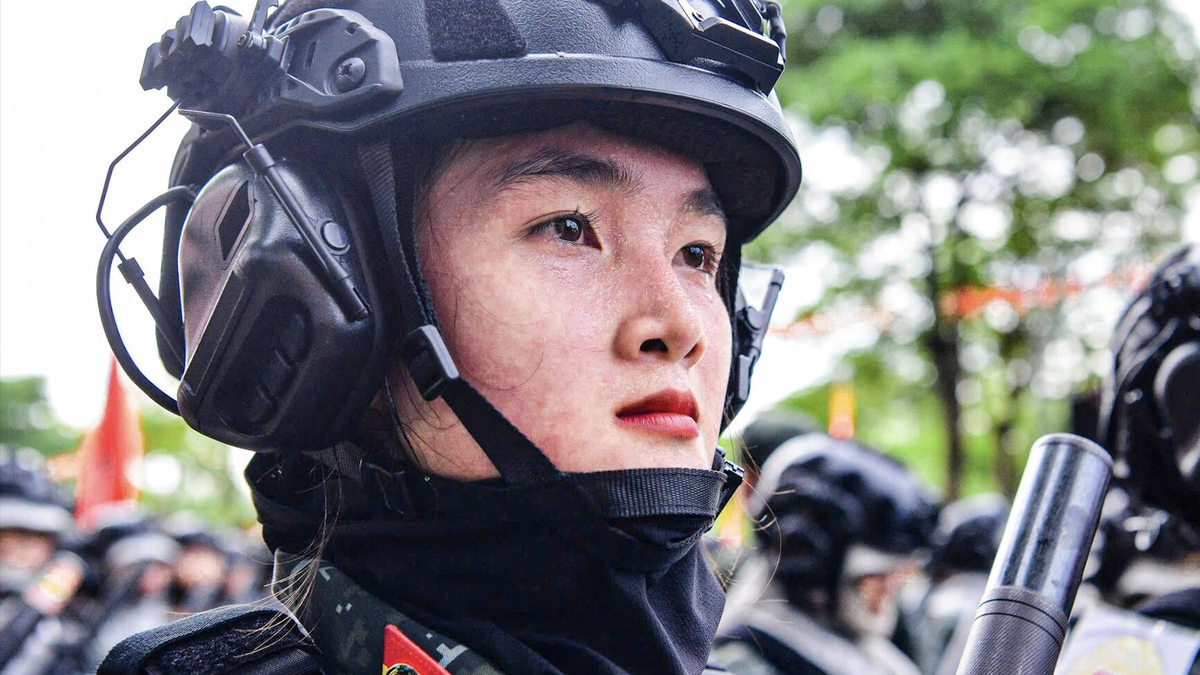













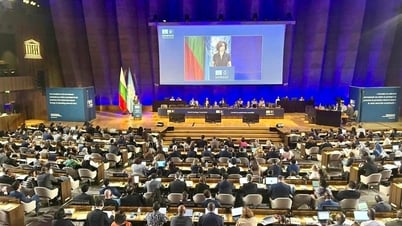




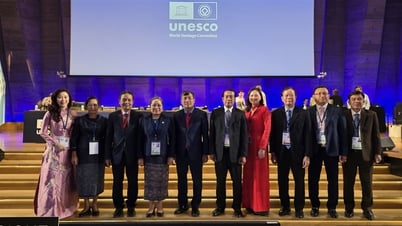





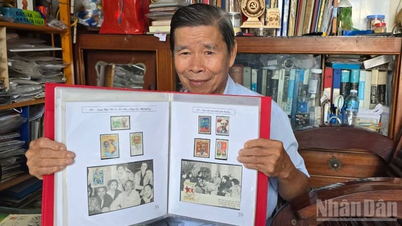
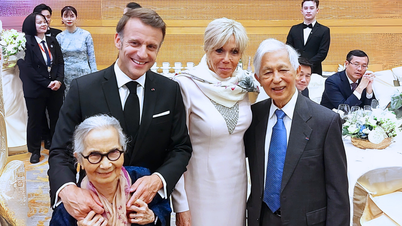
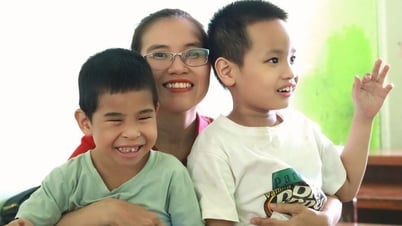



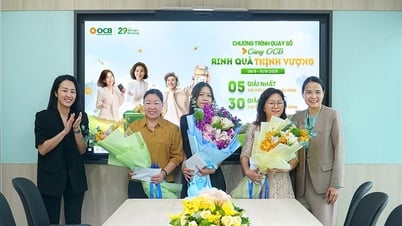



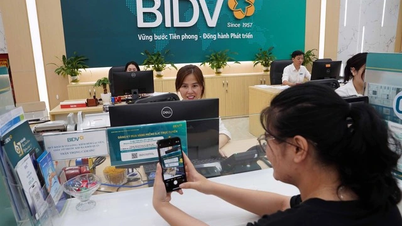

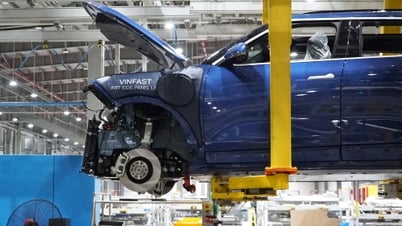



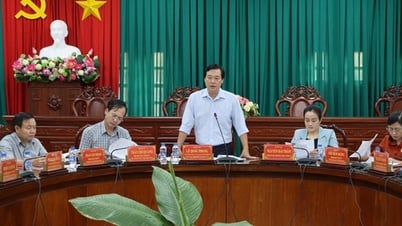


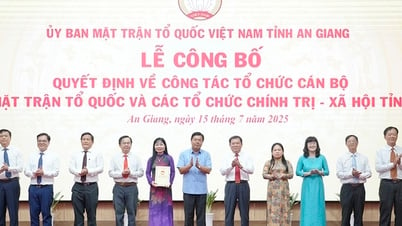


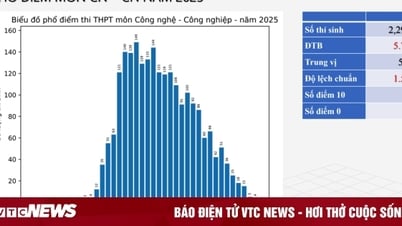


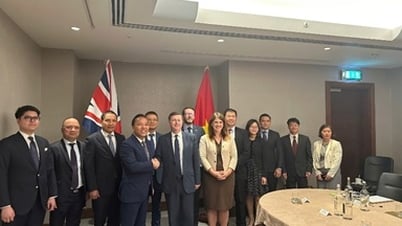



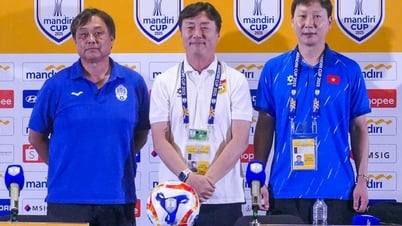
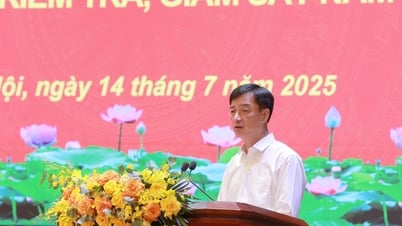




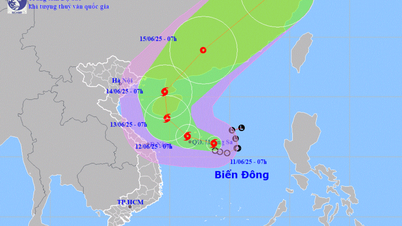
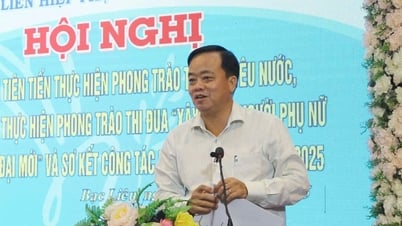
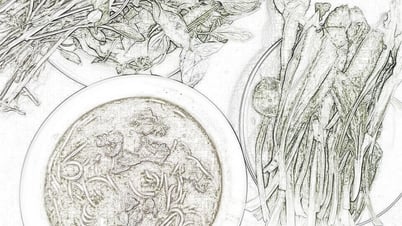
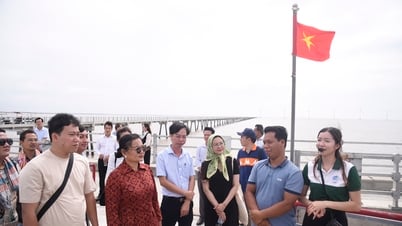













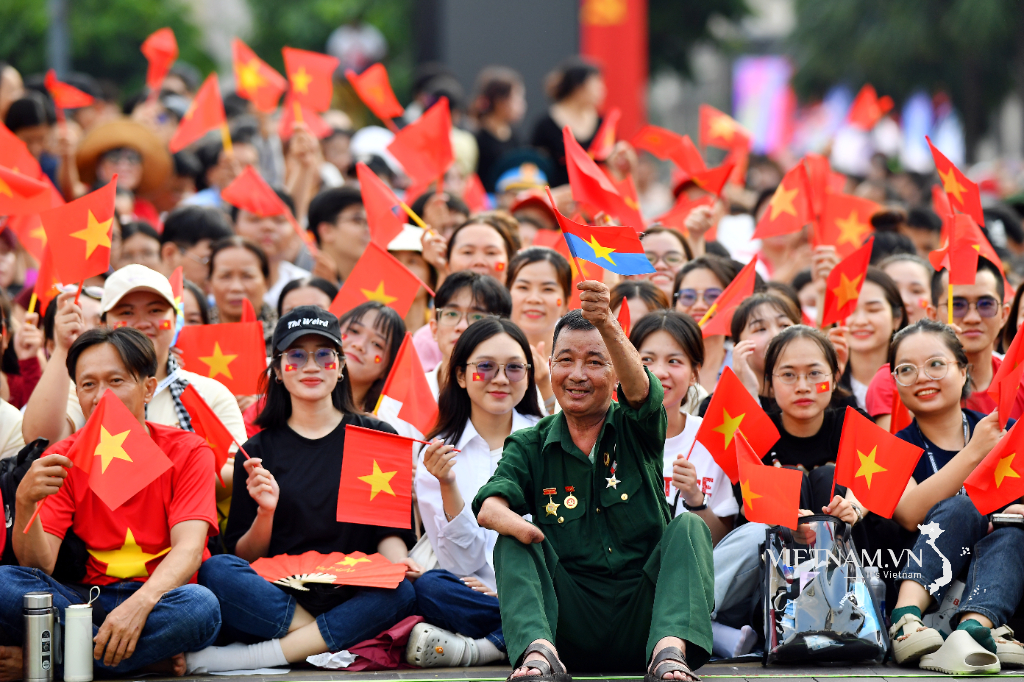

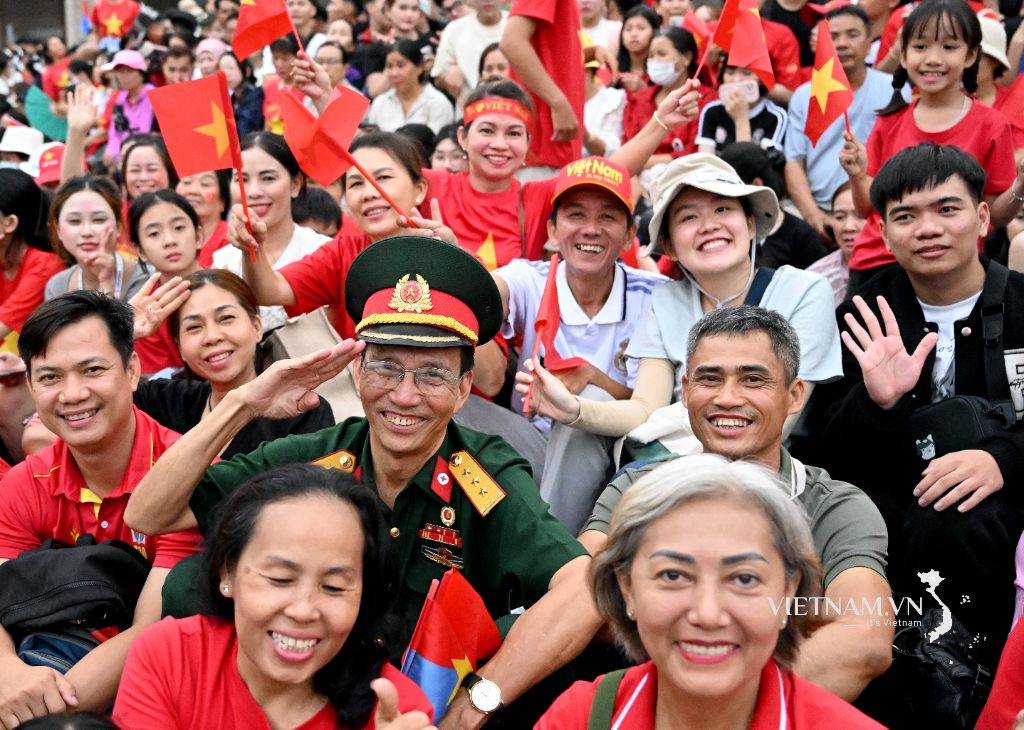
Comment (0)